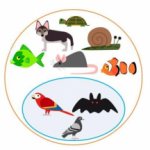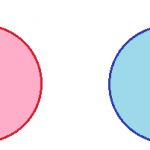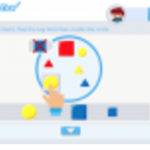Aug18
Steps to Finding 1-Dimensional Series

In today’s post, we’re going to take a look at some examples of one-dimensional series that we have at Smartick—get your thinking caps on. But, let’s start with some simple examples. Here, we have an example that asks us to identify the pattern: Look carefully at our worm friend. The first thing that we need […]
Continue reading »









